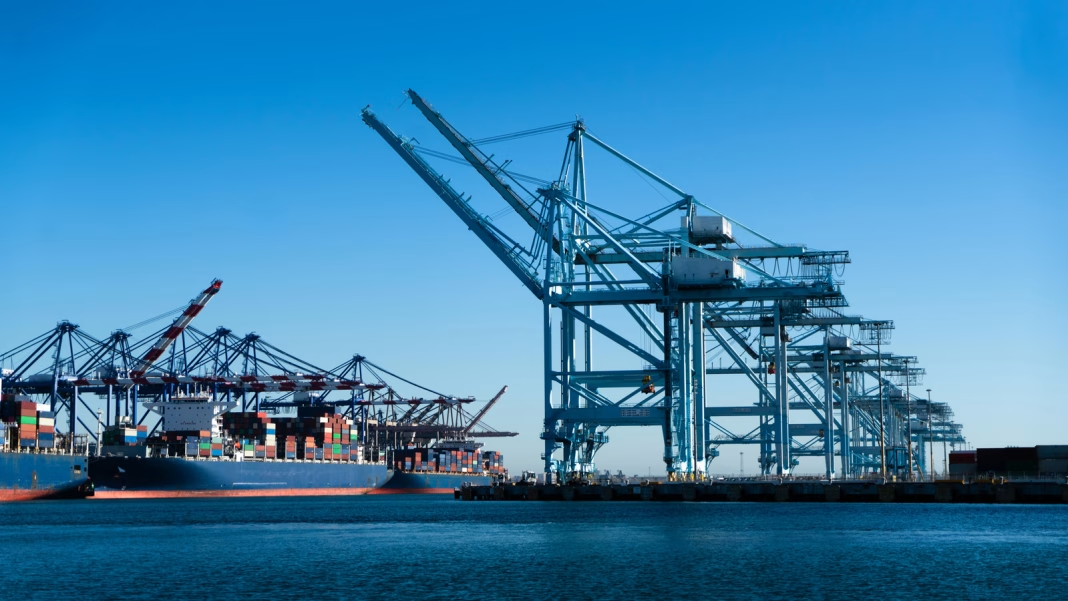Truckers making their way to the Port of Los Angeles this week are facing a tough reality: many will be returning home empty-handed. This situation stems from a significant drop in export freight, a trend that’s becoming all too familiar in recent months.
Why Are Truckers Coming Back Empty?
The decline in shipments can be traced back to a combination of factors, but the most notable is the ongoing impact of tariffs and trade policies. Since the implementation of tariffs on goods imported from China, there’s been a noticeable decrease in the volume of freight moving through major ports, particularly on the West Coast. Reports indicate that shipments from China have plummeted by as much as 45%, leaving many truckers with little to haul.
This isn’t just a temporary glitch; it reflects broader economic trends. With rising costs and uncertainties in international trade, many businesses are reassessing their supply chains. The result? A ripple effect that’s hitting truckers hard. More trucks are on the road, but fewer loads are available, leading to empty trips and frustrated drivers.
What Does This Mean for the Industry?
For truckers, this situation isn’t just inconvenient; it can be financially devastating. An empty return trip means lost revenue, and with fuel prices fluctuating, the costs can quickly add up. Many drivers rely on consistent loads to maintain their livelihoods, and a decrease in shipments can lead to tough decisions about whether to stay in the industry or seek opportunities elsewhere.
Moreover, this trend raises questions about the long-term sustainability of the trucking industry. If the current trajectory continues, we might see a shift in how goods are transported, with companies looking for alternative routes or even different ports that can handle their shipping needs more efficiently.
How Are Trucking Companies Adapting?
In response to these challenges, some trucking companies are getting creative. They’re exploring partnerships with local businesses to secure more consistent loads, diversifying their services to include last-mile delivery, or even investing in technology to optimize routes and reduce costs.
For instance, companies are increasingly using data analytics to predict demand and adjust their operations accordingly. By understanding when and where loads will be available, they can minimize empty trips and maximize efficiency.
What Can Truckers Do Right Now?
If you’re a trucker feeling the pinch from these changes, there are a few strategies you can consider. First, networking with local businesses can open up new opportunities for consistent work. Building relationships with shippers can lead to more reliable loads and potentially better rates.
Additionally, staying informed about industry trends can help you anticipate changes and adapt your business model. Joining industry associations or participating in forums can provide valuable insights and support from fellow truckers facing similar challenges.
The big takeaway? The current landscape isn’t about perfection—it’s about smarter adjustments. Start with one change this week, whether it’s reaching out to a new contact or exploring a different route, and you’ll likely spot the difference by month’s end.


